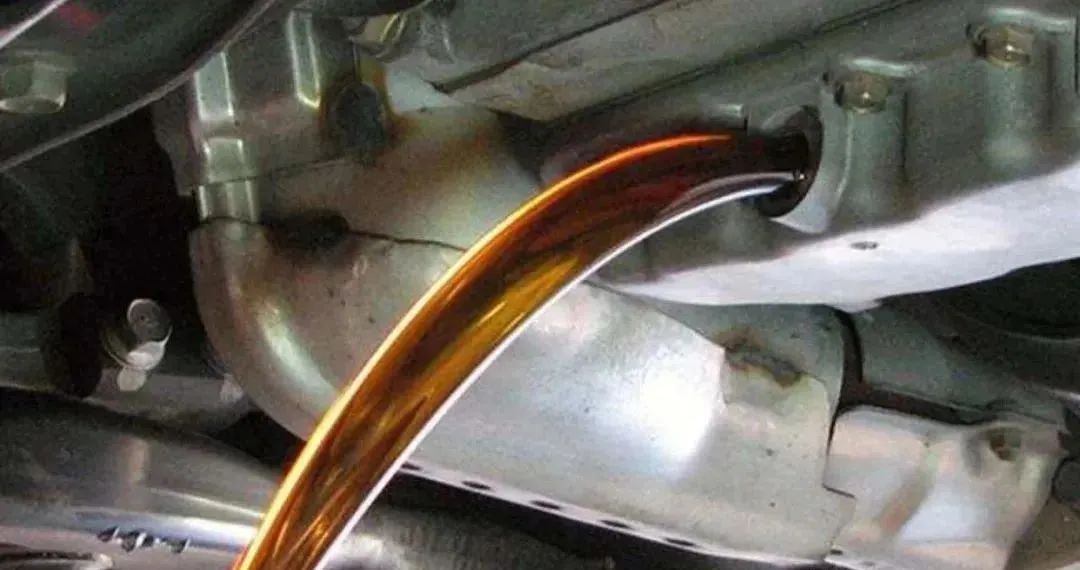Analysis of five types of hydraulic oil detection indicators
August 26, 2022
At present, hydraulic oil testing is generally based on the national mandatory standard GB 11118.1-2011. According to GB 11118.1-2011, hydraulic oil is divided into five types: L-HL, L-HM, L-HV, L-HS, L-HG, which are anti-oxidation and anti-rust hydraulic oil, anti-wear hydraulic oil (high pressure, ordinary ), cryogenic hydraulic oil, ultra-low temperature hydraulic oil and hydraulic rail oil. The largest domestic hydraulic oil output is HM oil, the main viscosity grades are HM32, HM46, HM68, and a small amount of HM22, HM100, HM150 is produced. Due to the huge demand, HM oil is gradually divided into (ordinary) anti-wear hydraulic oil and (high pressure) anti-wear hydraulic oil. For the HV, HS and HG oils with less output, the oil of several viscosity grades of HV46, HS32 and HG68 is mainly produced. Although the production ratio of HV oil and HS oil is relatively small, with the increasing demand for high-grade hydraulic oil, HV and HS Base Oil represented by high viscosity index and high performance hydraulic oil are believed to be applied in the future. There is some room for development.

HL oil use and technical testing indicators HL oils are mainly used in medium and low pressure hydraulic systems, such as precision machine tools. It can also be used in oil bath type non-circulating lubrication systems of light-load machinery requiring long oil change intervals. The detection technical indicators of anti-oxidation and anti-rust hydraulic oil mainly include: density, chromaticity, appearance, flash point, kinematic viscosity, viscosity index, pour point, acid value, moisture, mechanical impurities, cleanliness, copper corrosion, liquid phase corrosion , foam, air release value, sealing adaptability index, demulsibility, oxidation stability, rotating oxygen bomb, wear scar diameter. When the hydraulic system pressure is lower than 6.3 MPa, the hydraulic medium can use anti-oxidative and anti-rust hydraulic oil. HM oil use and technical testing indicators HM oil is used in medium and high pressure hydraulic systems, such as furnace top machinery in various smelting furnaces of metallurgical machinery, and can also be used in other medium-load machinery lubrication parts. The testing technical indicators of anti-wear hydraulic oil (common) mainly include: density, chromaticity, appearance, flash point, kinematic viscosity, viscosity index, pour point, acid value, moisture, mechanical impurities, cleanliness, copper corrosion, sulfate Ash content, liquid phase corrosion, foaming, air release value, sealing adaptability index, demulsibility, oxidation stability, rotating oxygen bomb, FZG gear test, vane pump test, wear scar diameter. Testing technical indicators mainly include: density, chromaticity, appearance, flash point, kinematic viscosity, viscosity index, pour point, acid value, moisture, mechanical impurities, cleanliness, copper corrosion, sulfated ash, liquid rust, foam , Air Release Value, Seal Adaptability Index, Demulsibility, Oxidation Stability, Rotary Bomb, FZG Gear Test, Wear Spot Diameter, Double Pump Test, Hydrolysis Stability, Thermal Stability, Filterability, Shear Stability . When the pressure is between 6.3 MPa and 16.0 MPa, HM (normal) (ordinary anti-wear hydraulic oil) can be used; when the pressure is higher than 16.0 MPa, HM (high pressure) (high-pressure anti-wear hydraulic oil) can be used. HV or HS oil use and technical testing indicators HM oil and HS oil are hydraulic oil products used in low temperature working environment. For example, hoists, crushers, perforation equipment and mine-specific lifting equipment in mining machinery are all field operations, especially in severe cold areas, where the ambient temperature is -15 Below ℃, low temperature anti-wear hydraulic oil HV or HS should be used to ensure easy starting at low temperature and reach normal working temperature quickly. The testing technical indicators of L-HV low temperature hydraulic oil and L-HS ultra-low temperature hydraulic oil mainly include: density, chromaticity, appearance, flash point, kinematic viscosity, low temperature viscosity, viscosity index, pour point, acid value, moisture, mechanical impurities, Cleanliness, copper corrosion, sulfated ash, liquid phase rust, foam, air release value, seal suitability index, demulsibility, oxidation stability, rotary oxygen bomb, FZG gear test, wear scar diameter, double pump Test, hydrolytic stability, thermal stability, filterability, shear stability. When the ambient temperature is -5℃~-25℃, HV low temperature hydraulic oil can be used; when the ambient temperature is -5℃~-40℃, HS ultra-low temperature hydraulic oil can be used. HG oil use and technical testing indicators HG oil is used for machine tools combined with hydraulic and guideway lubrication systems, and is also suitable for other mechanical lubrication parts that require the oil to have good stick-slip properties. The testing technical indicators of L-HG hydraulic guide oil mainly include: density, chromaticity, appearance, flash point, kinematic viscosity, viscosity index, pour point, acid value, moisture, mechanical impurities, cleanliness, copper corrosion, liquid phase corrosion , saponification value, foamability, sealing adaptability index, demulsibility, oxidation stability, FZG gear test, wear scar diameter, stick-slip properties. The current GB 11118.1-2011 standard refers to the international standard ISO11158-1997. However, this international standard has been upgraded to ISO 11158-2009 "Lubricants, Industrial Oils and Related Products (Type L) - Group H (Hydraulic Systems) - Specifications for HH, HL, HM, HV, HG varieties". However, according to a large number of enterprise surveys, it is found that ISO 11158-2009 is not all applicable to the current technical requirements of the industry. For example, the T6H20C double-pump test indicators of L-HM (high pressure), L-HV, and L-HS need to be based on actual domestic production conditions. to make sure.






